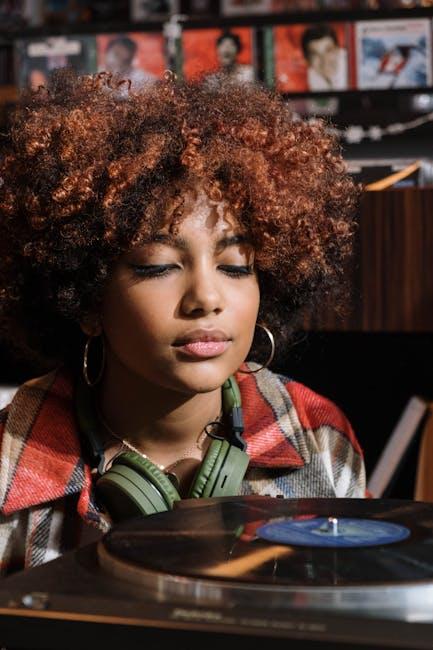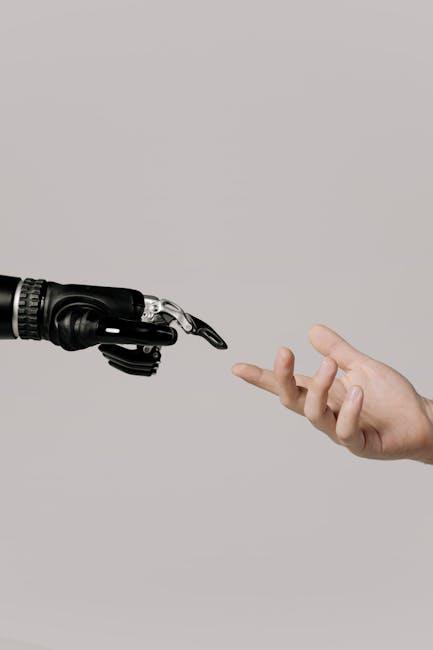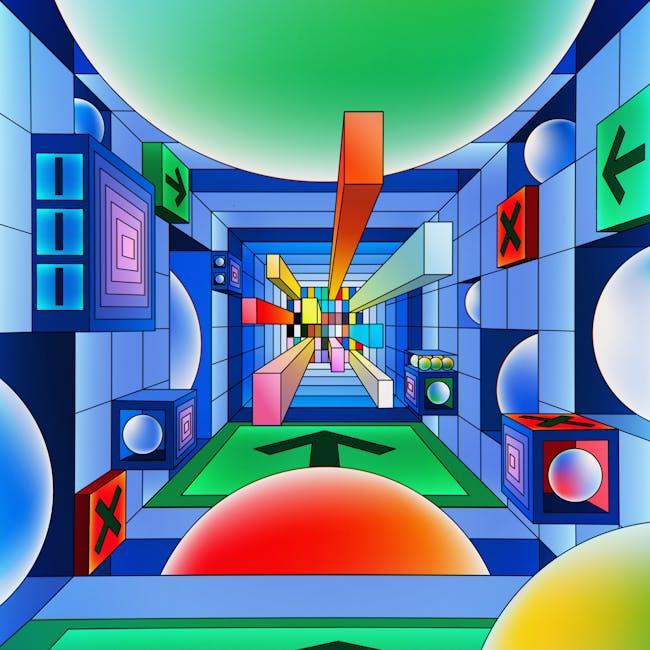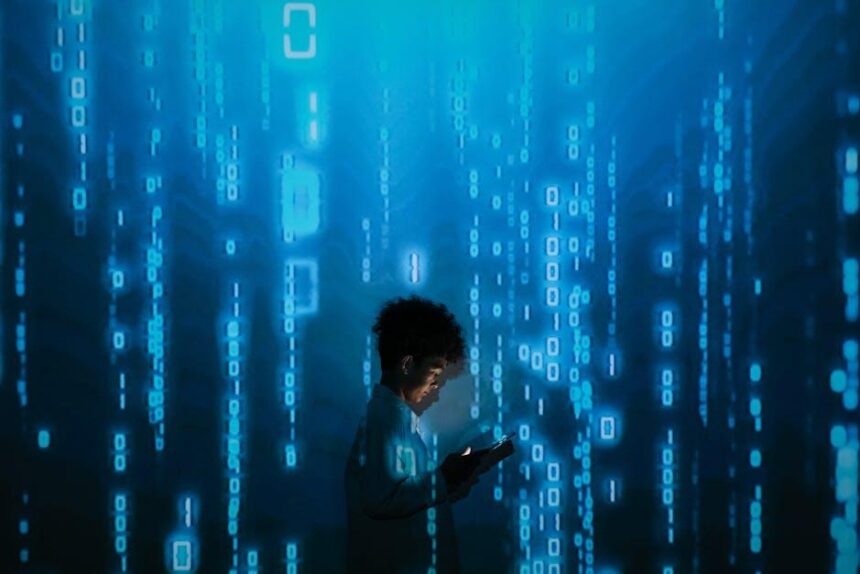In the evolving symphony of technology and art, AI-generated music has emerged as both composer and performer, challenging our traditional notions of creativity. As algorithms craft melodies that range from hauntingly beautiful to eerily mechanical, we find ourselves at a crossroads: where does human imagination end and machine composition begin? This article delves into the creative limits of AI in music, exploring not only its astounding capabilities but also the boundaries that define the essence of artistic expression.
Exploring the Boundaries of AI Creativity in Music Composition

Artificial intelligence has pushed the envelope in music composition, producing pieces that range from eerily human to delightfully experimental. Yet, while AI can analyze vast mountains of music data and mimic styles with precision, it often struggles to infuse the intangible essence of emotion and spontaneity that human composers inherently possess. The challenge lies not in technical ability but in bridging the gap between algorithmic patterns and the unpredictable beauty of human creativity. This tension raises important questions about the true nature of originality-is it merely a recombination of existing elements, or does it require conscious intent and emotional depth?
To better understand AI’s creative scope, consider the following facets:
- Pattern Recognition: AI excels at identifying and replicating recurring musical structures.
- Emotional Nuance: Current limitations restrict AI from authentically conveying complex feelings.
- Innovation Potential: While capable of novel combinations, AI’s innovations are bounded by its training data.
| Aspect | Human Composer | AI Composer |
|---|---|---|
| Emotional Depth | Deep, authentic | Simulated, surface-level |
| Inspirational Drive | Intrinsic motivation | Algorithmic process |
| Ability to Innovate | Breaking norms | Pattern-based novelty |
Ultimately, AI in music composition serves as both a tool and a collaborator, expanding the horizons of what’s possible while reminding us of the irreplaceable nuances of human touch. Its evolving capabilities continually challenge our definitions of creativity, urging us to reconsider how technology and artistry can coalesce in harmony.
Understanding the Role of Human Emotion in AI-Generated Tunes

Human emotion plays a pivotal role in the creation of music that resonates deeply with listeners. While AI can analyze vast datasets of melodies and harmonies to reproduce patterns that mimic emotional expression, it lacks the intrinsic experience of feelings that drive genuine creativity. Emotions such as joy, sorrow, and nostalgia are not only expressed through notes and rhythms but are also shaped by the artist’s personal journey and cultural context. This emotional depth often makes the difference between a tune that is merely pleasant and one that truly moves the soul.
Despite AI’s remarkable ability to generate music, several elements of emotional nuance remain challenging to replicate authentically. Consider the following areas where human touch is still unmatched:
- Subtle emotional inflections: Tiny variations in tempo or dynamics often convey complex feelings.
- Improvisational spontaneity: The unpredictable shifts driven by emotional states during live performances.
- Contextual sensitivity: Understanding and embedding cultural and situational emotional cues.
| Aspect | Human Music | AI-Generated Music |
|---|---|---|
| Emotional Depth | Rich and personal | Simulated patterns |
| Flexibility | Adaptive and spontaneous | Rule-based outputs |
| Cultural Nuance | Embedded naturally | Limited by data scope |
Challenges in Originality and Expressiveness of AI Music

While AI has made remarkable strides in composing music, it often grapples with capturing the profound emotional depth and originality that human artists naturally infuse into their work. Algorithms typically synthesize patterns from existing datasets, which can lead to repetitive themes and a lack of true novelty. This poses a challenge in creating pieces that resonate on a personal level or break new ground creatively, as AI tends to mimic rather than innovate. The subtleties of expressiveness-nuances like timing, dynamics, and emotional crescendos-often require the intangible spark of human intuition, which remains elusive to even the most advanced neural networks.
Several factors contribute to these limitations:
- Dependency on Training Data: AI’s creativity is bound by the scope and diversity of its source material, which can restrict its ability to generate entirely unique compositions.
- Contextual Understanding: Lack of genuine emotional context hinders AI’s ability to convey meaningful storytelling through music.
- Expressive Variability: Difficulty in replicating human-like variations in tempo and dynamics reduces the music’s organic feel.
| Challenge | AI Limitation | Human Strength |
|---|---|---|
| Originality | Replicates existing styles | Innovates new genres |
| Expressiveness | Pattern-based output | Emotional storytelling |
| Context | Lacks cultural insight | Deep cultural connection |
Strategies for Enhancing Collaboration Between Musicians and AI Systems

Harnessing the synergy between musicians and AI requires carefully designed workflows that promote mutual inspiration rather than competition. Musicians can benefit from AI as a source of fresh ideas by using generative models to create melodic motifs, rhythmic patterns, or harmonic progressions. These AI outputs serve as creative springboards, challenging artists to interpret, refine, and humanize the raw material. Collaborative interfaces that allow real-time tweaking of AI parameters empower musicians to steer the AI’s creativity dynamically, ensuring that the technology acts more as a co-creator than a mere tool.
To optimize the collaboration, musicians should embrace iterative experimentation combined with adaptive learning systems. Incorporating feedback loops where the AI system learns from the musician’s adjustments leads to progressively more personalized outputs. A simple table illustrating this creative exchange could be:
| Stage | Musician’s Role | AI’s Role |
|---|---|---|
| Idea Generation | Review initial outputs | Generate diverse samples |
| Refinement | Adjust melodies & rhythms | Adapt parameters based on feedback |
| Finalization | Humanize & add expressiveness | Support with textural and dynamic suggestions |
- Transparency: Understanding the AI’s decision process fosters trust.
- Flexibility: Use tools that adapt to diverse musical genres and styles.
- Experimentation: Encourage iterative creation loops to blend human and AI strengths.
Wrapping Up
As AI continues to compose melodies and harmonies that push the boundaries of imagination, it invites us to reconsider the very nature of creativity. While algorithms can mimic and innovate within patterns, the human touch-imbued with emotion, context, and experience-remains a vital ingredient in the symphony of artistry. AI-generated music may not yet capture the full essence of soulful expression, but it nonetheless opens new avenues for collaboration, experimentation, and inspiration. In embracing this evolving partnership, we find ourselves at a crossroads where technology and humanity harmonize, not to replace, but to enhance the ever-changing landscape of musical creation.














